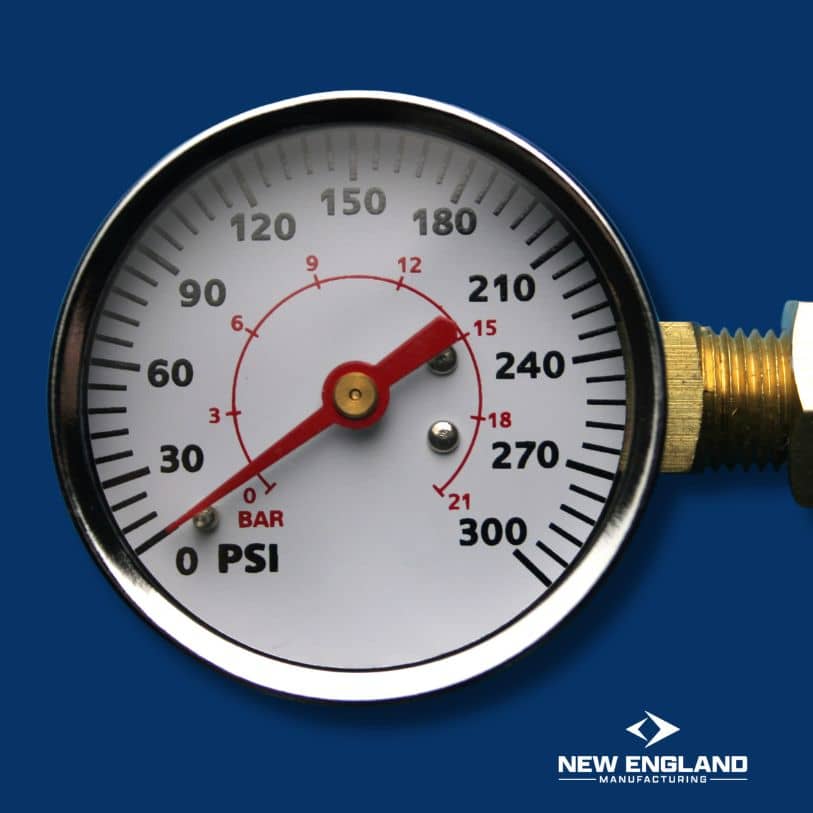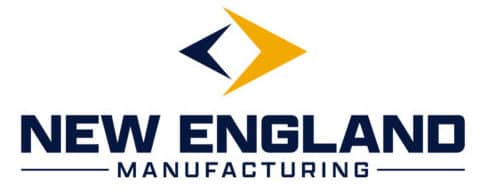How to Ensure Your Fire Pump's Reliability
Ensuring the reliability and safety of fire protection systems is paramount for any organization. Fire pumps are crucial in these systems, providing the necessary pressure to extinguish fires and safeguard lives and property. Regular fire pump testing is essential to confirm that these pumps operate effectively when needed.
For businesses like New England Manufacturing, prioritizing these tests can make all the difference in maintaining a safe environment. In this blog post, we’ll explore the best practices for fire pump testing, ensuring your systems are always ready to perform.
The Importance of Fire Pump Testing
Fire pumps are the backbone of a fire protection system. They ensure water is delivered at the correct pressure to firefighting systems. Without them, even the most advanced fire suppression systems can fail. Regular testing of these pumps is not just a regulatory requirement but a necessary step to guarantee operational readiness and safety.
A malfunctioning fire pump can lead to catastrophic outcomes. Imagine a scenario where a fire breaks out, and the fire pump fails to activate or does not provide the needed pressure. The consequences could be disastrous, not only in terms of property loss but also in terms of human lives. This is why it is critical to adhere to best practices for fire pump testing.
Understanding the Basics of Fire Pump Testing
Fire pump testing involves a series of inspections and performance checks to ensure the pump operates correctly under various conditions. These tests should simulate real-world scenarios to confirm that the pump can handle the demands of an actual fire emergency.
Establish a Regular Testing Schedule
Consistency is key in fire pump testing. Establishing a regular schedule ensures that testing becomes a routine part of maintenance. According to NFPA 25 (Standard for the Inspection, Testing, and Maintenance of Water-Based Fire Protection Systems), fire pumps should be tested at least annually. However, a more frequent schedule, such as monthly or quarterly, can provide added reliability assurance.
Conduct a No-Flow Test
The no-flow test, also known as a churn test, is conducted without flowing water through the fire pump. This test checks the pump’s ability to start and run without load, confirming that the mechanical and electrical components function correctly. It is a crucial part of fire pump testing that helps identify any issues that might prevent the pump from operating during an emergency.
Perform a Flow Test
A flow test, or performance test, is conducted by flowing water through the pump to measure its output. This test evaluates the pump’s ability to provide the necessary pressure and flow rate under different conditions. It involves measuring the pump’s performance at various points: 100% of rated capacity, 150% of rated capacity, and churn (no flow). This step ensures the fire pump can deliver adequate water pressure during an emergency.
Inspect and Maintain Equipment
During fire pump testing, it is important to inspect all related equipment. This includes checking valves, gauges, and controllers for proper operation. Regular maintenance, such as lubricating moving parts and replacing worn-out components, is essential to keep the fire pump in top condition. Neglecting these aspects can lead to failures during critical moments.
Document All Testing and Maintenance Activities
Accurate documentation is a vital aspect of fire pump testing. Keeping detailed records of all tests, inspections, and maintenance activities helps track the pump’s performance over time. This information is crucial for identifying patterns, scheduling future tests, and complying with regulatory requirements. It also provides a valuable reference in case of an emergency or audit.
Involve Qualified Professionals
Fire pump testing should be conducted by qualified professionals who understand the intricacies of fire protection systems. Hiring certified technicians ensures that the tests are performed correctly and any issues are promptly addressed. Professionals can also provide expert recommendations for improving the system’s reliability and safety.
Use the Right Testing Tools and Equipment
Using the appropriate tools and equipment is essential for accurate fire pump testing. This includes calibrated flow meters, pressure gauges, and other specialized instruments. Ensuring that all testing tools are in good working condition helps obtain precise measurements and reliable results.
Addressing Common Issues
During fire pump testing, you may encounter common issues such as leaks, pressure drops, or electrical malfunctions. Addressing these issues promptly is crucial to maintaining the pump’s reliability. Regular testing helps identify these problems early, allowing for timely repairs and preventing more significant failures.
Comply with Regulations and Standards
Compliance with local, state, and national regulations is a critical aspect of fire pump testing. Familiarize yourself with the relevant standards, such as NFPA 20 (Standard for the Installation of Stationary Pumps for Fire Protection) and NFPA 25. Adhering to these standards not only ensures the safety and reliability of your fire pump but also helps avoid legal and regulatory complications.
Training and Education
Investing in training and education for your maintenance team is vital for effective fire pump testing. Regular training sessions help keep your team updated on the latest testing procedures, safety protocols, and regulatory requirements. An informed team is better equipped to handle testing activities and address any issues that arise.
Benefits of Regular Fire Pump Testing
Regular fire pump testing offers numerous benefits. It enhances the reliability of your fire protection system, ensuring that the pump operates correctly during an emergency. It also helps extend the lifespan of the equipment, reducing the need for costly repairs or replacements. Additionally, regular testing can lower insurance premiums by demonstrating a commitment to safety and compliance.
New England Manufacturing’s Commitment to Safety
At New England Manufacturing, we understand the importance of fire pump testing. Our commitment to safety drives us to adopt best practices and ensure our fire protection systems are always ready to perform. By following the guidelines outlined in this post, we aim to provide a safe and secure environment for our employees, customers, and stakeholders.
Ensuring Reliability and Safety through Best Practices
Fire pump testing is critical to maintaining a reliable and effective fire protection system. By establishing a regular testing schedule, conducting thorough inspections, and involving qualified professionals, you can ensure that your fire pump operates correctly when needed. Proper documentation, compliance with regulations, and investing in training further enhance the reliability and safety of your system.
New England Manufacturing is dedicated to implementing these best practices, ensuring the highest safety and reliability standards. By prioritizing fire pump testing, we can protect lives, property, and the future of our business.
For more information about our commitment to safety and our range of services, visit our website at nemfg.com.
Remember, regular fire pump testing is not just a requirement—it’s a responsibility. Ensuring your fire protection systems are always ready can make all the difference in safeguarding what matters most.
Read More:
Fire Pump Testing Equipment

Mark R.
With a strong foundation in industrial safety and fire protection systems, Mark R. specializes in creating clear, technical, and compliance-driven content. Writing for SafeTech Reports, he covers topics such as fire hydrant testing, PPE protocols, emergency procedures, and smart technology integration in safety systems. His work ensures that professionals stay informed on the latest regulations, best practices, and emerging trends in safety and infrastructure maintenance.
Get in touch
We usually respond within 24 hours
Need Reliable Water Flow Test Equipment?
For over 70 years, New England Manufacturing has been the trusted source for fire hydrant and water flow testing kits. From pitot gauge kits to custom test kits, we provide precision, durability, and expert calibration to meet your needs.
- Custom-built test kits
- High-quality pressure gauges
- Reliable calibration services


